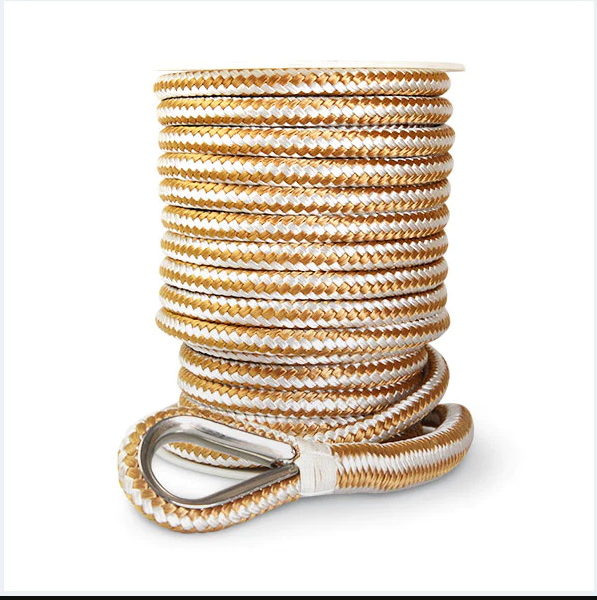
The sailboat’s main sail, the halyard, uses a specially designed rope to assist the boat in moving forward and maintaining it in a direction of travel. This is known as the main sail and it is the most visible component on the boat. While the wind is blowing, the sail acts as a counterbalance to pull the rest of the sailboat along with it. Moving in a windy direction, the halyard acts as a wind buffer to help the sailboat maintain its position in the wind.
The sailboat’s main sail itself is constructed from fibreglass or wood and has two compartments. One compartment holds the sails while the other is connected to the mast which helps the sailboat move in a wind direction. The halyard, a piece of rope tied to the mast and main sail, allows the sailboat to move forward while the rope maintains the boat’s position in the sailboat halyard rope.
There are several advantages to using a halyard rope. The most obvious of these advantages is that it provides a continuous, effortless source of tension for the sailboat. The sailboat’s movement is powered by the combined force of the sail and the halyard rope. With nothing else to act as a source of tension, the sailboat’s hull moves in a smooth, consistent manner. This movement is ultimately what improves the sailboat’s agility and efficiency.
The halyard rope, also known as a main sail, is a line of long, flexible nylon or leather that is wrapped around a heavy weight. Because of this heavy weight and the sail’s purpose, the rope is often provided with an extra end or a spur. This spur is attached to a heavy weight in the center of the main sail. This arrangement ensures that the sail will be held in position even as the main sail is being extended. The ropes are often reinforced with metal to ensure that they will withstand the constant pulling of the wind. Additionally, the metal may be bent into a certain shape in order to provide the added strength needed to hold the sailboats main sail in place.
When sailing a sailboat, the use of a rope system is necessary in order to create an efficient, balanced sail. To accomplish this, the sail must be perfectly straight and parallel to the direction of motion of the wind. If the main sail is not perfectly straight, the effects of wind resistance will cause the sail to be pushed off course.

When the halyard is used in conjunction with the main sail, the sail is held in place by the ropes in a specific order. First, the topmost mast is tied directly to the first reef. Next, the second largest mooring boom can be tied to the second most mooring reef. Last, but not least, the third reef will be weighted down using weight placed behind the third main sail.
When you have finished tying the halyard to the main sail, the mainsail and fly sheet need to be connected to the mainsail by a specially designed sailcloth. In order to do this, the sailcloth needs to be attached to the halyard which is attached to the fly line. This technique prevents the sail from being pulled too much by the wind while still allowing the sail to be piloted by the wind. The end result is a very stable platform for a successful sail operation.
If you are looking for a unique way to sail a sailboat, then consider using the halyard rope. You will notice a dramatic increase in performance and maneuverability. Even though it is a little more expensive than typical line or rope, the extra cost is well worth it for the ultimate sailboat experience. There are many brands available, and many different styles. Shop around to find the model that best suits your style of sailboat.
